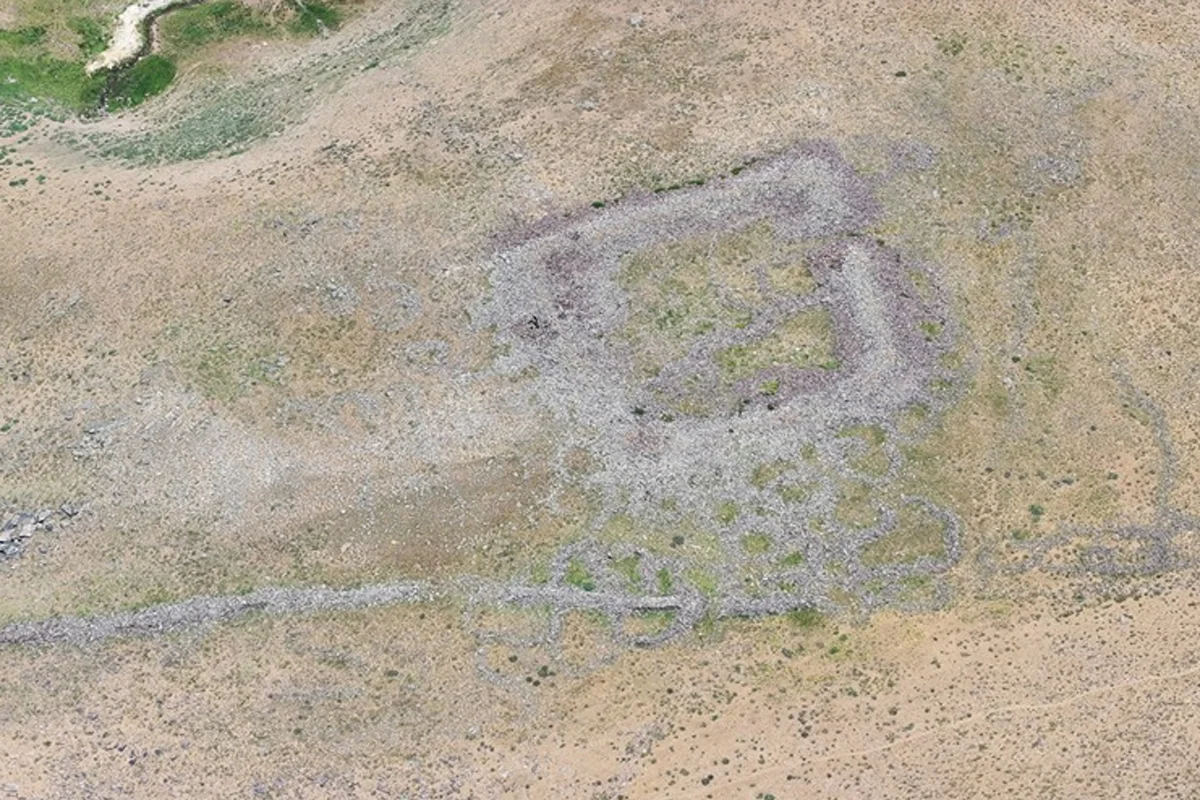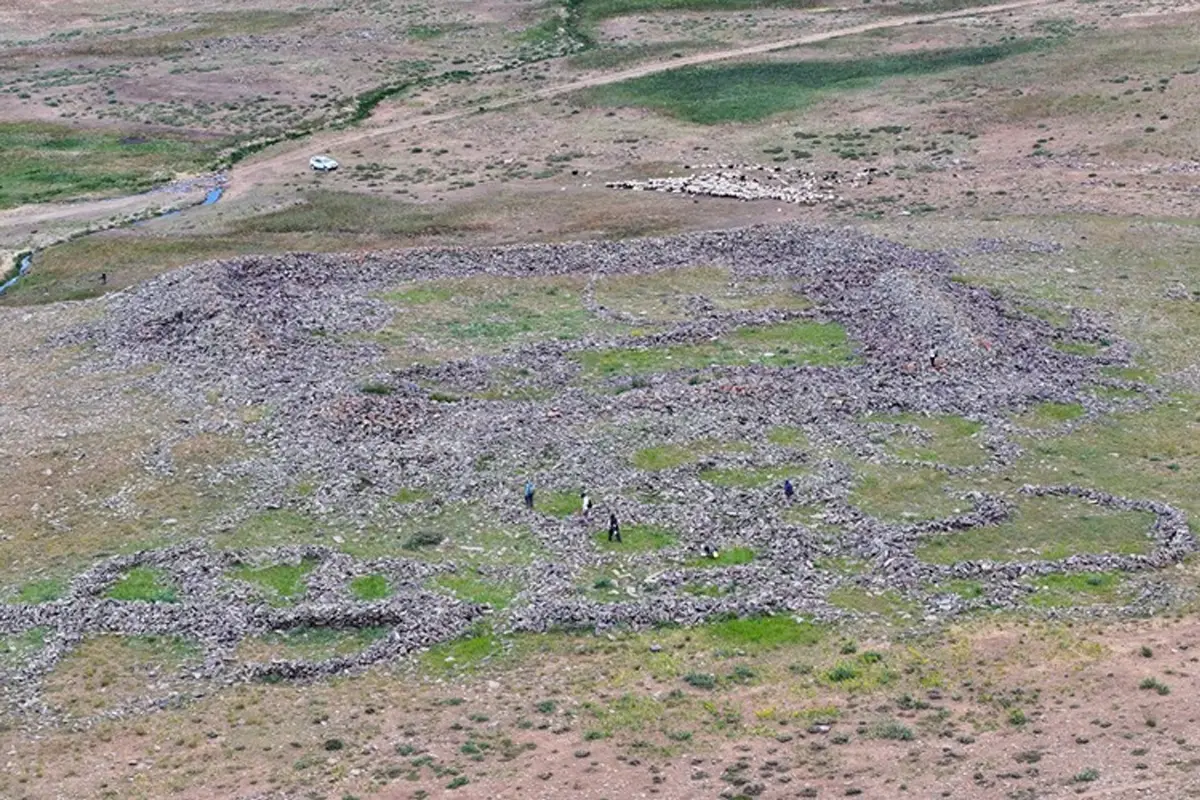Archaeologists have discovered the remains of a large castle complex with over 50 rooms on the Tirişin Plateau, Türkiye.
The discovery was made during a survey by archaeologists from the Archaeology Department at Van Yüzüncü Yıl University (YYU), working in collaboration with the Ministry of Culture and the General Directorate of Cultural Heritage and Museums.
Upon hiking for two hours to reach the Tirişin Plateau in the Yüksekova district of Hakkari Province, the researchers discovered the ruins of a large castle and defensive walls stretching for around 4 kilometres.
The plateau is known for a large concentration of petroglyphs (rock carvings), particularly a “kağnı” (ox-cart) petroglyphs, as well as Obsidian artefacts suggesting a pre-pottery Neolithic presence.

Initial studies have identified over 50 rooms within the castle interior, including residential chambers and a large central keep that likely served as an administrative centre for the region.
According to experts, the castle was originally built during the Iron Age but continued to be reoccupied and redeveloped into the Middle Ages. Evidence of prehistoric artwork in the vicinity also indicates that the area was occupied as far back as the Neolithic and Mesolithic periods.
Although archaeological investigations are still in their early stages, initial findings include millstones and various ceramic fragments, offering valuable insights into the material culture of the site.
Prof. Dr. Rafet Çavuşoğlu, Head of the Archaeology Department at Van Yüzüncü Yıl University (YYU), said: “The images we captured with a drone reveal nearly 50 rooms and living spaces. The walls are crucial for ensuring the safety of the people who settled here and the comfortable grazing of their animals.”
Header Image Credit : Özkan Bilgin/AA/AA
Sources : Anadolu Agency





